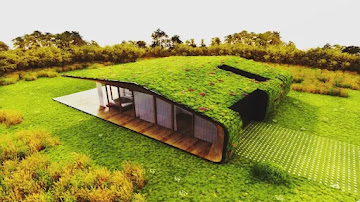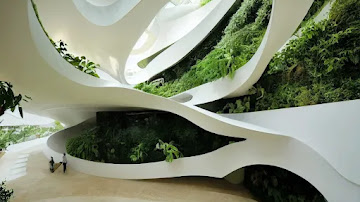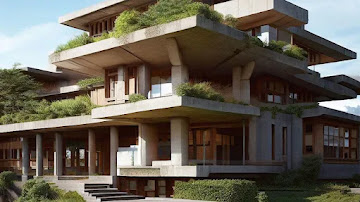According
to data from the AIAS (American Institute of Architectural Studies), projects
that use high-quality Archviz are 47% more likely to be approved and 35% faster
time to sale in real estate.
What is Archviz? The Visual Revolution in Architecture
Definition and Scope
Archviz
(short for Architectural Visualization) is the process of creating
hyper-realistic digital representations of architectural projects using 3D
software. It goes beyond traditional blueprints, allowing:
✅ Visualize spaces in high resolution
(photorealism).
✅ Experiment with materials, lighting
and furniture before building.
✅ Generate virtual tours and
immersive experiences (VR/AR).
Why is it so important?
- Reduces design errors (problems are detected before construction).
- Accelerates project approval (clients and investors understand the concept better).
- It is key in real estate marketing (85% of buyers prefer properties with 3D renderings).
Real-world
example:
Zaha Hadid
Architects use Archviz to present their futuristic designs, achieving a 60%
increase in sales of projects in the conceptual phase.
Key Techniques in Archviz: From Modeling to Final Rendering
A. 3D Modeling: The Basis of Every Project
3D modeling
is the first step. It consists of creating the digital structure of the
building or space.
📌 Recommended software:
| Tool | Advantages | Ideal for |
| Autodesk 3ds Max | Industry standard, plugins for Archviz | Professional Studios |
| SketchUp | Easy to learn, fast for concepts | Architects and beginners |
| Blender (Free) | Powerful, with Cycles render engine | Freelancers and small studios |
B. Rendering: Bringing the Model to Life
Rendering
transforms the 3D model into a photorealistic image. The most commonly used
engines are:
V-Ray (the
most realistic, used in Hollywood).
Corona
Renderer (perfect natural lighting).
Unreal
Engine (for real-time rendering).
Pro Tip:
“Use HDRI (real lighting images) to achieve perfect shadows and reflections.”
C. Post-production: The Finishing Touch
With
Photoshop or Affinity Photo you adjust:
- Colors and contrasts.
- Atmospheric effects (fog, sunlight)
- Inclusion of people and vegetation (for scale)
📌 Before/after example:
 |
| Post-production |
Archviz applications in Industry
A. Real Estate Marketing: Sell Before You Build
- 360° renderings for real estate websites.
- Walkthrough videos (virtual tours).
- Virtual Reality for immersive visits.
Key fact:
Projects with professional Archviz sell 30% faster.
B. Interior Design: Testing Ideas in Seconds
- Visualize different styles (modern, classic, industrial).
- Experiment with colors and materials without spending on physical samples.
C. Architecture Competitions: Making an Impact on the Jury
High-quality
renderings increase the chances of winning a competition by 70% (according to
ArchDaily).
The Future of Archviz: Virtual Reality, AI and More
Trend #1: Virtual Reality (VR) and Augmented Reality (AR)
- Meta Quest 3 and Apple Vision Pro are revolutionizing presentations.
- Clients can “walk” through their future home before they build.
Trend #2: Artificial Intelligence in Archviz
- Automatic texture generation with tools like Midjourney + ControlNet.
- AI-accelerated rendering (NVIDIA Omniverse).
Trend #3: Metaverse and Digital Architecture
Companies
like Decentraland already use Archviz to design virtual spaces with commercial
value.
Is it worth learning Archviz today?
Absolutely
yes. The global Archviz market will grow 12% annually until 2030
(MarketsandMarkets).
📢 How to get started?
- Choose software (SketchUp + V-Ray or Blender for beginners).
- Practice with real projects (recreate famous buildings).
- Create a portfolio (Behance and ArtStation are key).
💡 Bonus: If you are an architect,
mastering Archviz can increase your income by 40% (according to PayScale). You
can also check out our article on: How to create an architecture portfolio?
Before venturing into this professional field.










